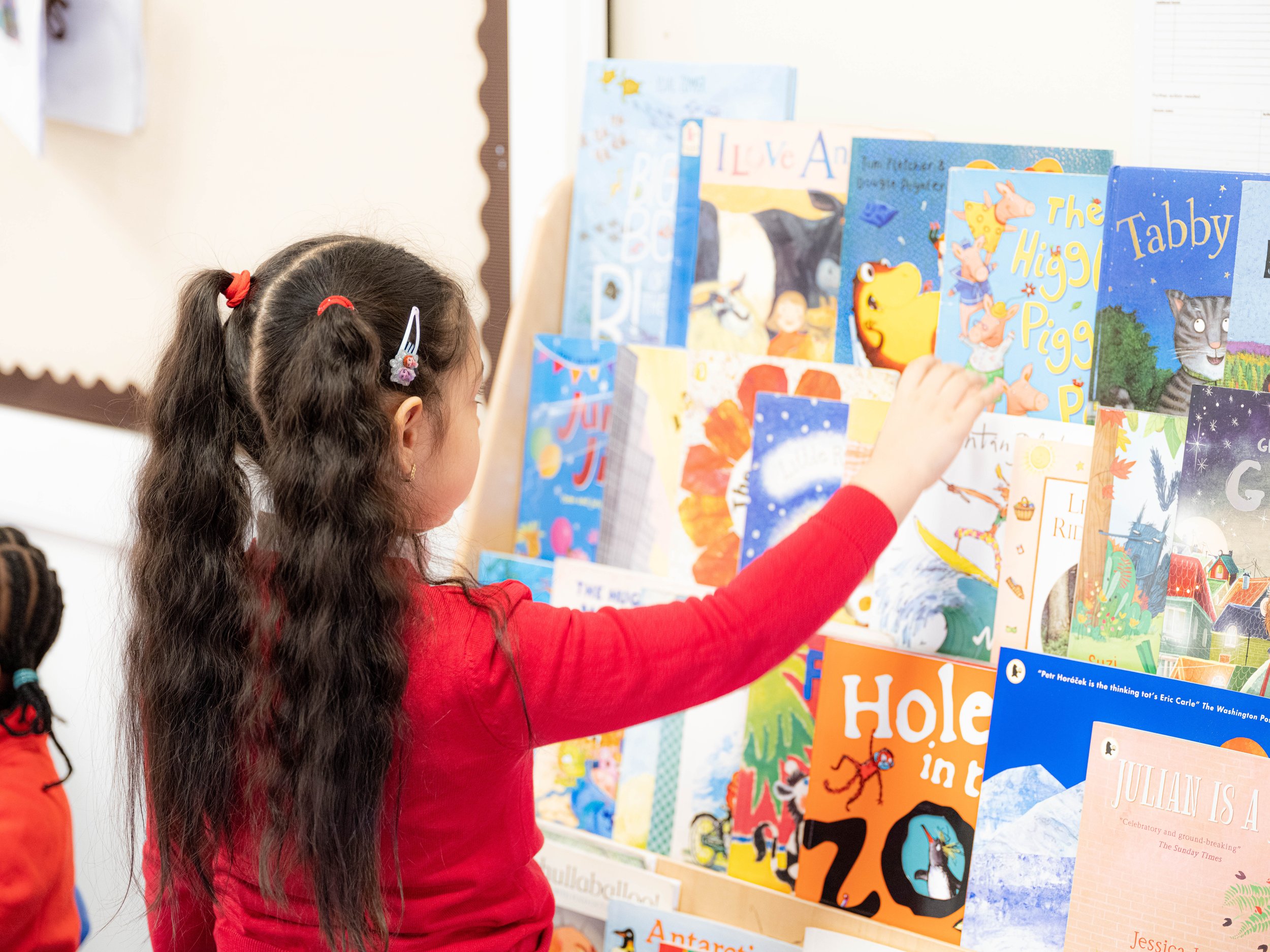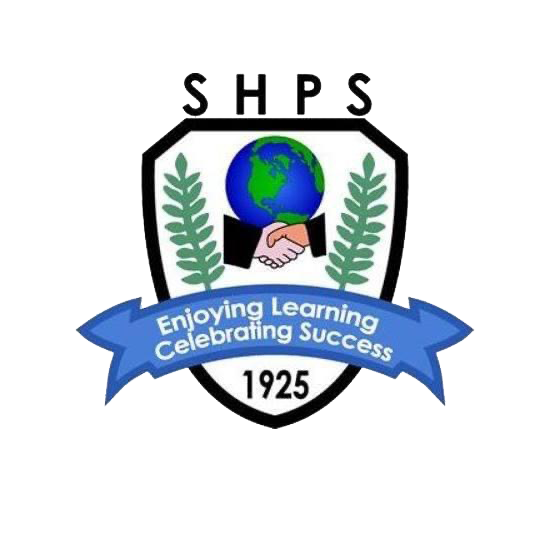
We are Communicators, Readers and Writers!
Curriculum Intent
Our bespoke curriculum combines communication, reading and writing to teach skills through high quality diverse texts that reflect and enhance the lives, community and experiences of children communicators learn to become confident in speaking and listening skills by unlocking the language required to articulate their understanding. This allows them to engage with texts and prepare their ideas before they write. At Stoke Heath, we believe that phonics provides a solid foundation by allowing children to become confident independent readers. Stoke Heath readers develop a love of literature and the ability to critically engage with a range of texts, which will support them in contributing to life both within Stoke Heath and beyond. Stoke Heath writers learn to write for a range of contexts and purposes. They communicate effectively, adapting their language and style, to a range of audiences.
Implementation
We use quality texts as a driver for English lessons. We want to promote a love of reading, so the texts provide a stimulus for writing. Oracy, reading and writing skill progression documents ensure lessons are pitched correctly. Teachers use a structured teaching sequence to plan reading and writing lessons. Teaching sequences in EYFS and Key Stage 1 support children to learn and remember fundamental reading and writing skills. In Key Stage 2, each unit is three weeks long. The first week involves introducing reading and writing skills and in the second week, guided and modelled lessons support pupils with implementing the skills. The final week is an opportunity for the children to use the skills independently.
Oracy
In English lessons, there are daily opportunities to develop children’s spoken language such as asking relevant questions to extend their understanding, building their vocabulary and being able to justify their answers. All the skills are developed in the whole curriculum to support their learning.
Reading
At Stoke Heath, we teach your child to read and write using phonics. The phonics scheme that we follow is Little Wandle. You can find out more information about our phonics teaching and learning here.
Once children are able to blend and segment, they learn how to read with prosody, fluency and expression. They learn how to comprehend by focusing on three key skills: retrieval, inference and vocabulary.
Writing
Our writing lessons allow children to learn how to compose and transcribe their ideas. In Early Years and Key Stage 1, the children learn how to say a sentence, hold a sentence and write a sentence. Once the children are able to do this, they learn how to write cohesive sentences and this is a main focus throughout the school. Children are taught how to plan, revise and evaluate their writing to ensure clarity and awareness of the audience and purpose.
Spelling
Reception and Year 1 children learn spellings of tricky words and phonemes through the Little Wandle scheme. Year 2 will revise phase 5 phonemes in the Autumn term and then use the Little Wandle bridge to spelling unit. In Years 3-6, children will have two lessons per week. Lesson 1 will include a spelling test to test the previous week’s spellings and then introduce a new rule. Children will leave this lesson with an understanding of the new rule (how and when it is applied) and an understanding of what each of their spelling words means. Lesson 2 should be a practical lesson where children get to practise their spellings for the week. Teachers to follow the spelling medium term plans which cover objectives from the National Curriculum and allow opportunities to revise previously taught spellings to ensure rules are being applied to writing.
Handwriting
Early Years and Year 1 children are learning the Little Wandle formations to help form letters correctly. Year 2 children will learn precursive letters to aid joining letters.
From Year 2 to Year 6, children follow the Twinkl cursive looped handwriting scheme. Children are currently receiving handwriting lessons at least once a week, for 15 minutes, where correct letter formations and joins are explicitly taught and modelled. Teachers also ensure that they are writing in this style to consistently encourage children to do so.
Once a child has demonstrated a high level of handwriting ability, they may be awarded with a pen licence. Children now also have the
opportunity to gain a teacher’s pen licence, where they will receive their very own blue version of the pens used by teachers. Certificates for pen licences will be awarded every term during a celebration assembly.

